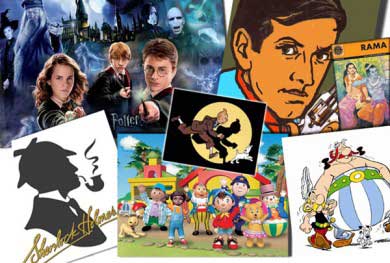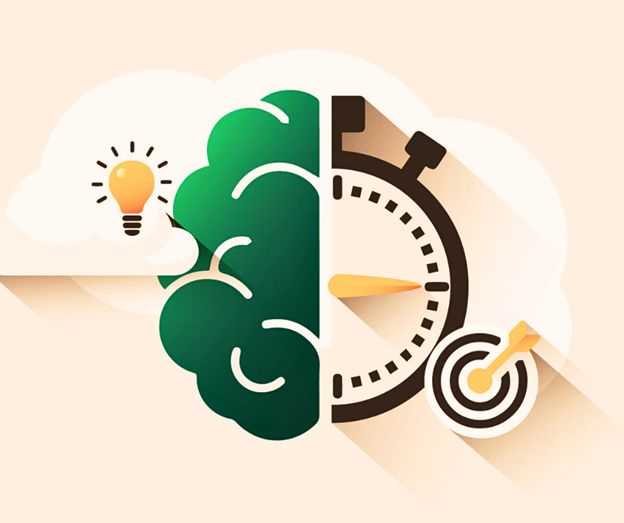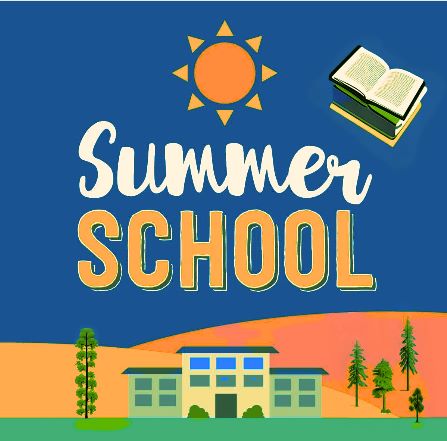How ICSE Syllabus Now Includes Harry Potter, TinTin, Asterix Inculcates Better Reading Habits in Students

“If we encounter a man of rare intellect, we should ask him what books he reads.” –Ralph Waldo Emerson
The Council for the Indian School Certificate Examinations (CISCE) conducts the Indian Certificate of Secondary Education (ICSE) and the Indian School Certificate (ISC) examinations for Class X and Class XII respectively. On 23rd November 2016 a new curriculum was released by CISCE for Preschool to Grade 8 students with the mission to incorporate “all elements of academic interests that cater to the challenging requirements of present-day educational needs” writes Mr. Gerry Arathoon, Chief Executive & Secretary.
The new curriculum strives to “prepare the future generation of learners to meet the challenges of an ever-advancing knowledge-based society and a dynamically changing environment.”
The goal is to provide children with a holistic education and the appropriate attitude, tools, and knowledge base to become global citizens.
One of the best ways to steer children towards this path to success is to read, read, and read!
Galileo saw reading as a way of having superhuman powers. Joseph Addison believed “Reading is to the mind, what exercise is to the body,” and James Baldwin discovered in books a way to change one’s destiny.
Reading forms a fundamental part of everyone’s progress. The updated CISCE curriculum has provided ICSE/ISC schools with a wide range of age-appropriate books written by authors across genre, time, and geography. A sample of the books included in the reading list are:
- ● Mythology: The Ramayana/ Mahabharata – C. Rajagopalachari, Amar Chitra Katha
- ● Comics: Tin Tin Series/ Asterix Series
- ● Auto/biographies: Mahatma Gandhi, A.P.J. Abdul Kalam, Jawaharlal Nehru, Nelson Mandela, Malala Yousafzai
- ● Poems: Rabindranath Tagore, A.A. Milne
- ● Mystery: Agatha Christie
- ● Adventure: Treasure Island – RL Stevenson
- ● Fantasy: Harry Potter Books by J.K. Rowling, The Hobbit – J.R.R. Tolkien, Peter, and Wendy (Peter Pan) – J. M. Barrie
- ● Short Stories; Malgudi Days – R.K. Narayan, The Blue Umbrella, Ruskin Bond
- ● Children’s Classics: Books by Roald Dahl (James and the Giant Peach, Charlie and the Chocolate Factory, etc.), Little Women – Louisa M. Alcott (Abridged), Charlotte’s Web – E.B. White, Black Beauty – Anna Sewell
So how does a broader range of books that includes some of the most popular reads of our time expand our children’s mind and inculcate good reading habits?
- Expands the knowledge base. Books are the window to the world. An expansive reading list exposes children to different characters and lifestyles across the globe. For example, reading about I Am Malala fosters their understanding of another culture and strife in other parts of the world. Biographies can bring to light the humble beginnings of great leaders and the struggles they overcame through strategy or sheer persistence. Students will truly build a strong knowledge base in an extensive range of topics that they can incorporate into their essays, presentations, interviews, and much more!
- Builds vocabulary and communication skills. Reading is learning. If a child consistently reads science fiction, their vocabulary is also limited to this genre. However, by reading across numerous mediums you discover new words and meanings, including some current lingo and phrases! This prepares students for every phase of their life from academics to professionals, as a strong communicator is always valued.
- It encourages love for reading. No longer do students have to hide that Horrid Henry book or Asterix magazine. Instead, their thoughts and insights are encouraged and discussed in the classroom. By incorporating into the curriculum books that a large part of the class is enjoying, schools will open doors to students exploring other interests. One Tin Tin fan may suggest to fellow mates how much they enjoyed the classic David Copperfield whereas another Harry Potter fan may also recommend Lord of the Rings to the grade.
Additionally, books have the ability to stimulate a child’s imagination, foster creativity, introduce them to role models, enhance concentration, develop logical thinking and so much more.
“No two persons ever read the same book.” –Edmund Wilson
Every child is different, as one devours current affairs and debates about the current state of the economy; another is imaging how to build a spaceship that will travel across the galaxy. A book about a little girl working her way through adolescence or another about a boy losing his first tooth can have a profound impact on a child’s growth and future. However, none of these stories may have found the right reader if the curriculum did not allow students to explore a broad range of topics. Books truly have the power to transform a child’s life. By incorporating some of the most popular books of not only our time but across time, the CISCE has opened the hearts and minds of ICSE/ISC students across India.
This article was published on the CareerIndia website on 26/12/2016.
ReachIvy sincerely hopes that this article serves as a critical tool to increase your knowledge base. For study abroad consultation or career counselling with ReachIvy, Submit a Query now! Also, review our resources section to access our free premium content..






